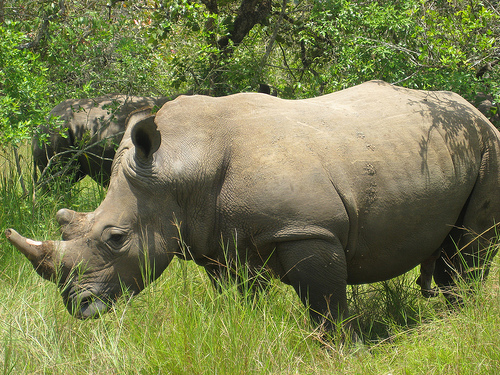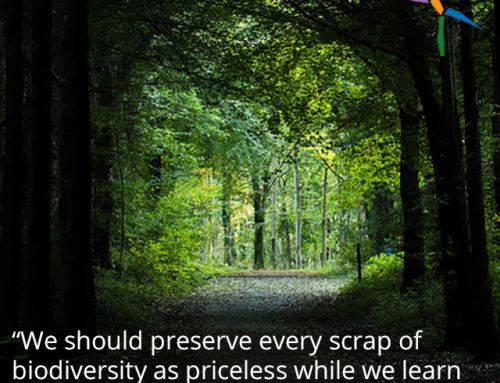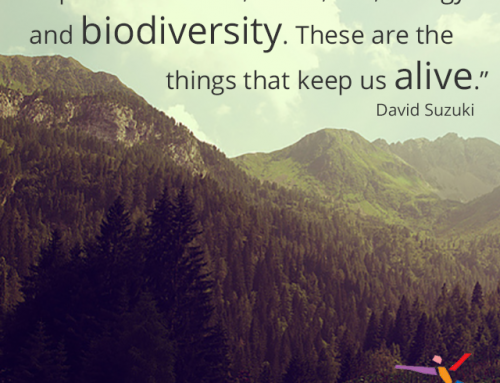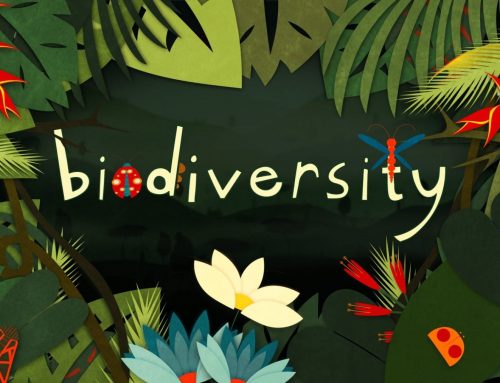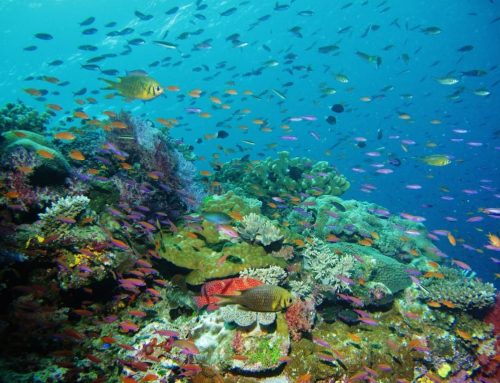It seems as though it’s almost daily these days that we hear or read a story about somebody treating an endangered species with disrespect. As recently as January of 2014, the lead story in several news outlets was about a hunting guide who had paid $350,000 USD to obtain a permit to hunt an endangered rhino in Africa. We’re going to bypass the obvious question about whether one can even call it hunting when the animal in question is trapped on a game preserve and instead focus on useful information. The term endangered species is thrown around quite frequently, but if we’re all going to use that phrase then we should all understand what it means. If you already understand the terminology then we applaud you. If you’re not sure exactly what the terminology means, we’ve got you covered. Read on for the full explanation.
Endangered Species Vs. Threatened Species
The first thing that you should know is that there is a difference between an endangered species and a threatened species. An endangered species is either an animal or plant that is in danger of extinction in its home range (ie: there may be versions in captivity or grown domestically, but the living organism is at risk of extinction in the wild or its natural habitat). A species is considered a threatened species if numbers and trends reveal that it’s likely to become endangered in the near-term future. While both animals require protective measures, endangered species are closer to the brink than threatened species. The real success comes when a threatened species is identified early in the cycle and successful changes and policies can be made to keep the animal (or plant) from ever becoming endangered.
How an Animal or Plant is Identified as Endangered or Threatened
The International Union for the Conservation of Nature (IUCN) is the global body with authority on endangered species identification. The IUCN works to identify threatened and endangered species in an annual report for over 100 countries and regions in the world by working closely with animal and plant conservation entities within those countries. For the United States, the U.S. Fish and Wildlife Service and the U.S. Marine Fisheries Service are the point of contact (until, of course, much like the EPA the government finds a way to disband or disable them).
On an ongoing basis, the IUCN Red List division (the division responsible for the list of threatened and endangered species) conducts a detailed assessment that determines extinction risk based on criteria that include rate of decline, population size, area of geographic distribution and degree of population and distribution fragmentation. The data collected by the Red List division is then reviewed by IUCN Species Survival Commission Specialist Groups for categorization.
Species Categorization Groupings
After the data is collected, an animal is placed into one of nine categories of increasing severity.
Not Evaluated (NE): This means that a species has not yet been evaluated against status criteria. Typically, these are either very newly identified species or species where it is obvious and common knowledge that there is no risk.
Data Deficient (DD): Not enough data exists to make a determination of the risk of extinction. In most cases, this is a minor red flag. However, it may also mean that the species is small to begin with and difficult to get visual confirmations on.
Least Concern (LC): Widespread and abundant taxa exist and the species doesn’t qualify for a higher risk category.
Near Threatened (NT): These species are likely to become endangered in the near future if immediate action is not taken.
Vulnerable (VU): A risk of endangerment in the wild that is imminent and present.
Endangered (EN): The risk of actual extinction in the wild is imminent and present.
Critically Endangered (CR): The highest chance of becoming extinct in the wild.
Extinct in the Wild (EW): The plant or animal is extinct in the wild though it may exist at a naturalized species in an environment outside of its home range (typically a game or wildlife reserve) or in captivity.
Extinct (EX): No individuals of this species remain.
In the United States, before an animal or plant species can receive the protection from the Endangered Species Act, it must first be added to the List of Endangered and Threatened Wildlife or the List of Endangered and Threatened Plants. A species is added to one of these lists via a petition process or a candidate assessment process. By law, any person may petition the Secretary of the Interior to add a species to or remove a species from the lists of endangered and threatened species. The candidate assessment process is conducted by US Fish and Wildlife Service biologists.
As you can see, becoming an endangered species isn’t as simple as just being called “endangered.” There’s actually a complex and ongoing process to identify those species. So, when an entity uses the term “endangered” correctly, it truly does convey urgency.
